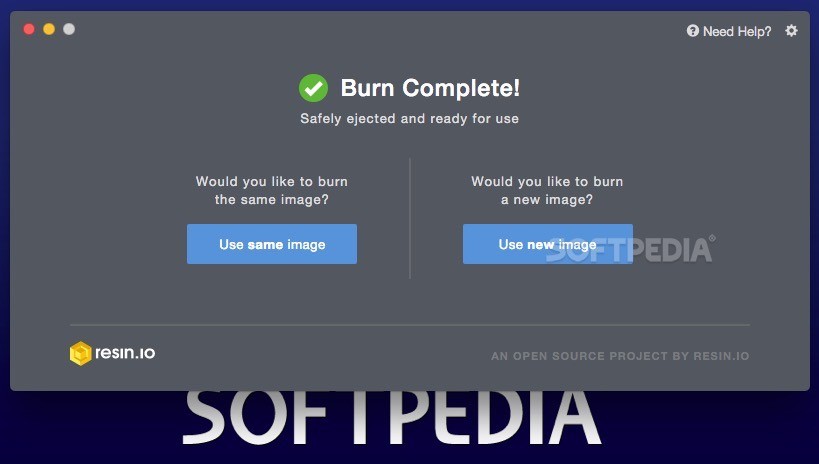

It is an easy-to-use, free and open source GUI software. This is where Etcher wins the play, it is extremely popular since it is the most cross platform application running on Windows, MAC, and Linux, with its superior functionality and usability. The only drawback which makes it lose on big play is its compatibility issues, users can’t just get stuck to this and they ultimately have to hunt again to find a true cross-platform application. Due to compact size of the application and extremely quick flashing, it is a favoured choice of many. Rufus– The software, while is only compatible to run on Windows as of now, offers a tough competitor to Etcher because it supports various image formats including Windows ISO files and Linux distros. Let us step further and dissect every possible difference, similarity they have to offer and what should you ultimately choose to use.

#Balenaetcher vs etcher software
Also, both the software might feel pretty similar on the superficial layer, but there are huge differences that they offer in respect to functioning, portability, UI, compatibility and many more. Etcher, and it’s well-known contender, Rufus, are currently ruling the sector of Bootable USB drive creators because of the accessibility, pleasant user interface and quick hassle free functioning, which means IT WORKS!īoth the tools have a large community base of active users since both of them offer an adaptable user interface(UI) and dominate the market because of how sufficient they are. Are you confused about which application to choose and trust for creating your bootable USB? I got you! Here is an insightful guide which compares two of the most famous competitors dominating the market.


 0 kommentar(er)
0 kommentar(er)
